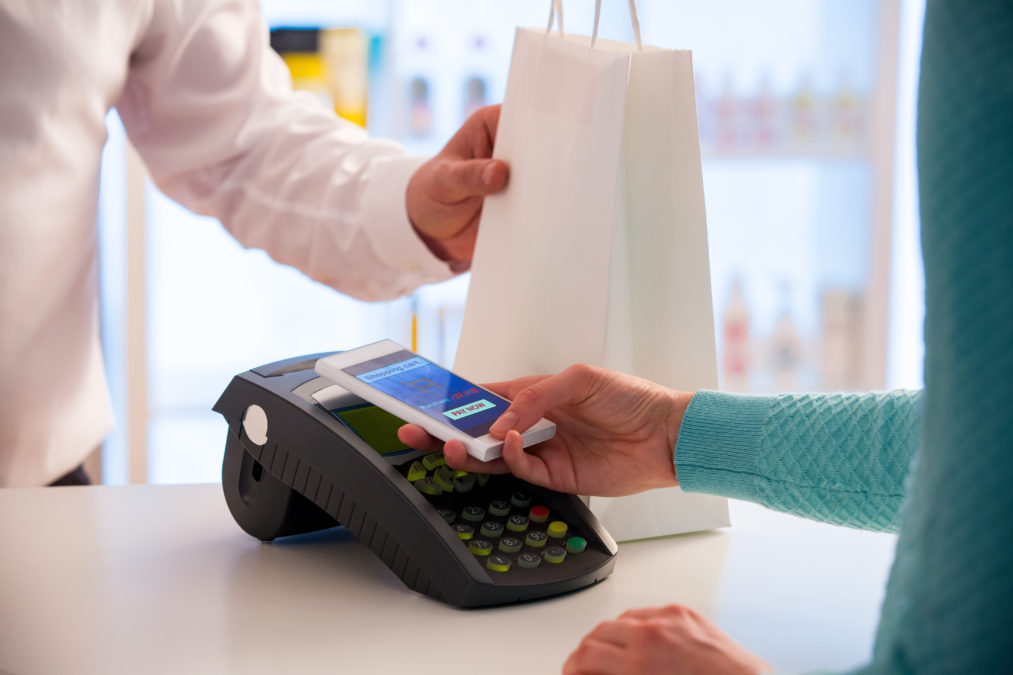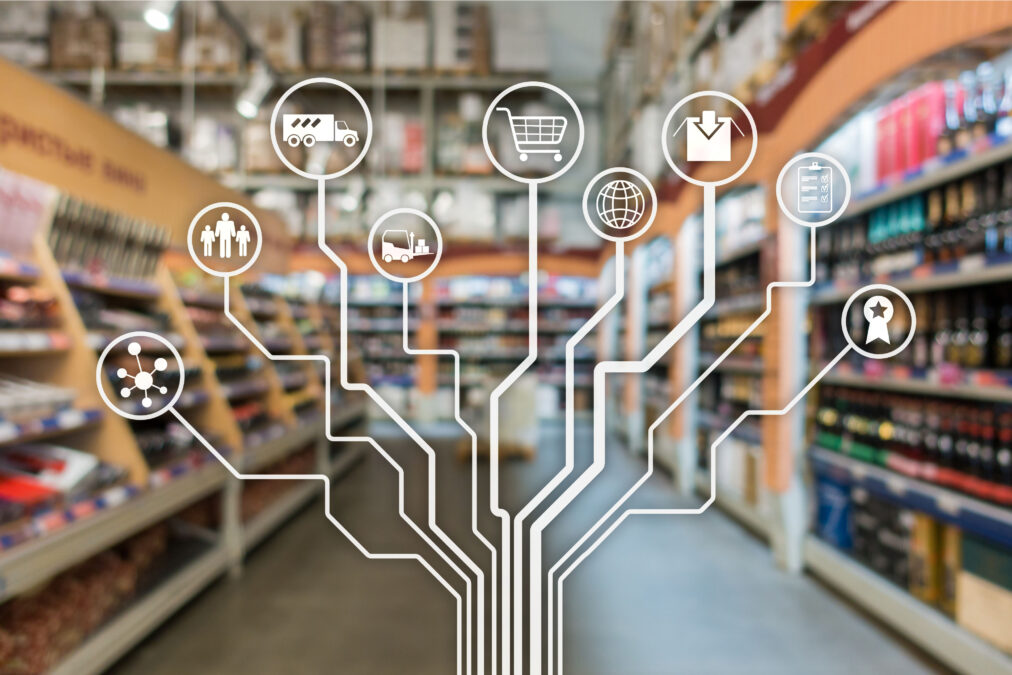Amazon may be trialling a cashier-less supermarket and brands such as Nike and Apple capture column inches and imagination with shiny in-store innovations – for their most sophisticated, urban audiences. But look around most stores and physical retail is, by and large, based around the same process that someone from 100 years ago would recognise. Think about this against the backdrop of our fast-paced, always on, uber-connected world, and it’s easy to conclude there’s room for improvement.
This is not to say advancements haven’t been made. But some would argue we’ve lost more than we’ve gained in the race to increase efficiencies. For starters, self-checkout is polarising; increased choice but a lack of product information or in-store knowledge among associates is frustrating, and stores are open longer but there’s less staff working in them. And, in many popular shops queues are still a fact of life.
>See also: Why e-commerce won’t kill brick-and-mortar
Against this backdrop, hungry, tech and data-savvy online retailers are now also pushing into bricks and mortar retail armed with the lessons they’ve learnt from trading online and their superior knowledge on the customer’s preferences and journey. Compared to the traditional bricks and mortar retailer, they are better equipped and more enthusiastic to merge together physical and digital to create something better. No wonder that people are increasingly shopping online or seeking an altogether different physical shopping experience.
Physical retailers have yet to deploy digital technologies at scale, that meet shopper needs which are being shaped online. This is a worry, given the innovation that continues apace in online retail, from AI chatbots providing a more personalised service to within the hour deliveries.
One area in particular in which physical retailers are compromised compared to online stores is price changes and promotions. Recent research* has highlighted that a fair and accurate price, consistent across channels, remains the key purchasing factor for the vast majority of shoppers and 57% of customers are losing faith over pricing inconsistencies and inaccuracies.
>See also: Customised custom: winning over the high street
Little wonder when they can wander around a store and check the price on the retailer’s own site or competitors’. Often prices can vary across channels, items can be bought cheaper elsewhere and what’s charged at the check-out can be different to what’s on the shelf-edge. Given how many offers and promos retailers run at any one time, it’s unsurprising that the label of advertised ticket price may sometimes be wrong. Nevertheless, it’s damaging consumer trust as shoppers increasingly expect online and in-store shopping to be complementary options. In fact, only 18% would shop at the store again with confidence.
Surprisingly, it’s this highly valued consumer trust which is preventing retailers from deploying a more flexible pricing strategy, despite the fact that 65% of customers welcome agile pricing if it saves them money or reduces waste. With online retailers able to adjust prices in the blink of an eye, physical retailers need to be able to do the same to compete.
However, many retailers worry about negative consumer reaction. In reality, price savvy and environmentally conscious consumers want technology to give them the best deals and help tackle retail waste.
The hard costs of outdated manual systems are also alarming. 67% of retailers spend up to 4.99% of the average monthly store turnover making price and promo changes. That’s equivalent to approximately $104 billion in sales. And these changes are being carried out by hand, by store associates who would rather be serving customers.
>See also: Digitalisation, innovation and virtualisation: How to avoid disruption
Towards a brighter future
The good news is that estimates suggest that over a five to ten-year time-frame as much as 75% of all retail sales will still take place in stores. And there’s a great opportunity for stores to deploy new technology to become more engaging and interesting destinations.
And shoppers do want an enhanced shopping experience, as well as greater consistency across their store, online and mobile interactions with retailers. One-way retailers can do this is to use data captured at all touch points – such as social media activity, search histories, past purchases, and more – to present tailored offers to customers’ visiting on their smartphone.
As an example, think of a shopper after a high-end walking jacket who, after searching online, is sent an invite to a personal consultation. And, when they arrive in-store they are greeted with a welcome message and receive a voucher for money off. Such aligned marketing will need some technology investment, but it’s easily achievable today.
>See also: Click-and-collect: getting in store fulfilment right
It will also appeal to shoppers: Over two thirds of shoppers want technologies that enhance their experiences in-store – 33% want promotions sent directly to their mobile devices; 31% want Electronic Shelf Labels (ESLs) to show accurate, real-time prices, promotions, and detailed product information; and 27% want to be identified as a loyal customer.
Another great attraction of online shopping is the level of information the retailer can show on-screen. Things like stock levels, reviews, price comparisons, and personalised offer to act as powerful agents to motivate sales. However, showing similar information in-store using paper-based labels is a challenge. For starters, paper-based price labels are often small in size and showing real-time price comparisons and inventory details require shelf-edge displays to be connected to ERP and other data sources.
There is widespread recognition among retailers that a lack of agility at the shelf-edge is an issue: 76% agreed that improving and showing more information at the shelf-edge would improve the shopping experience and convert more sales.
>See also: Working together to create an intelligent high street
But, recognition is the first step. Now retailers need to act to keep physical retail in step with the IoT, hyper-connected world we live in and digitise the store, to stream more information to the shelf-edge and create a more agile and interesting store environment.
As even some of the longest standing, most highly regarded high street names shut-up shop, the stark reality is that no-one has the right to exist. Retailers who can’t meet expectations around pricing, promotions and availability, and match the information shoppers can get online, such as competitors’ prices, stock levels, and highly targeted and compelling promotions, will be fighting a battle for relevance, in an ever more technology driven, customer-centric world.
Sourced by Paul Milner, marketing director Displaydata










